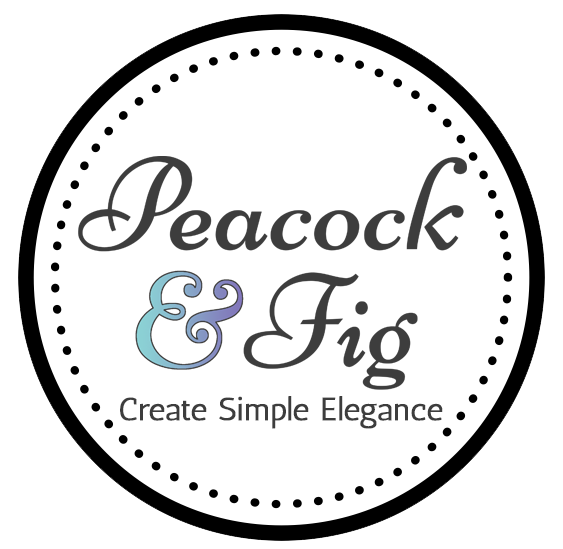If you’ve ever struggled to thread needles and wondered if there’s a better way, the good news is there are many options. Whether you use a needle threader, or whether you do it by hand, you don’t have to lose your sanity trying to just get your needle threaded. Or if you’re brand new to stitching and don’t even know how to thread your needle, this post should help you out. There’s a tutorial video below too that will show you how to use the various threaders, and several ways to thread your needle by hand.
Disclosure: Please note that some of the links in this post are affiliate links and if you go through them to make a purchase I will earn a commission (such as from Amazon). Keep in mind that I link these companies and their products because of their quality, and not because of the commission I receive from your purchases. I would never recommend something I wouldn’t use myself. 🙂
Needle Threader Options
-
-
- works ok, but the fine wire comes out pretty easily
- very inexpensive
- easy to find, even mending kits in hotels or dollar stores often include this type of threader
-

-
-
- sturdy, great for tapestry needles
- can buy from specialty needlework shops, or online marketplaces like Amazon
- more expensive than a basic threader
-

-
-
- very sturdy, again great for tapestry needles
- be careful not to bend the hooks
- doesn’t work for smaller needle
-

4. Dritz looped needle threader
-
-
- used for threading sergers and sewing machines, but can also be used for sewing needles
- the loop at the end catches the thread, making it secure and your thread won’t fall out
- they fit through the eye of some beading needles, but sometimes the thickness of your thread won’t fit through as well
- fantastic for hard to thread needles like for sergers or sewing machines
-

Threading needles by hand:
-
-
- Lick the end and point it at the eye (but wetting your floss can rust out your needle eyes, making the floss shred and get more knots). You can also lubricate the floss with a thread lubricant like Thread Magic or beeswax.
- Fold it in half over the needle eye or shaft, then push the eye over the folded floss. If using the loop method to start, put the ends of your floss together before threading. If not, keep the tail short and then pull through the eye.
Other needle threading tips:
-
-
- Put white behind the eye of the needle, you can see the eye better.
- Use sharp scissors to cut a clean end if you’re going to thread by hand straight through the eye. Cutting the thread at an angle also helps, it makes the thread tip “pointed” and it goes through the eye easier.
- Make sure the needle is facing the right way. Most sewing needles have a “groove” on the side of the eye and sometimes it’s only on one side, that’s the side you should thread the needle from.
- If you have a hard time seeing the eye of the needle, use a magnifier or magnifying light.
-
Link mentioned in video:
How to start with the loop method
-
Want to see more recommendations of stitching materials and tools (including a magnifying lamp) as well as stitchy books? Head to the Peacock & Fig Amazon page! 😀



7 Responses
Nancy-Katharyn McGraw
I think you used the bottom side of the Loran needle threader. If you turn it notch side up,, look for the notch I spied spied on the ends, just before the main wide shaft of this object & it seems to me it is a notch for the needle “to hang” on while getting thread/floss ready to place in the very end slot.
Monica D
I have always wondered how those dime-looking things were used to thread needles! Will bookmark this video for future reference.
Dana Batho
Glad it was helpful Monica! 😊
Sue
Enjoy your videos. Just watched about needle threaders. I have a LaRohan threader, but found I have to be very careful, especially if I have made a mistake, have to take out stitching and then rethread. Doesn’t take much to damage the thread. I’m going to look for the looped threaders.
Dana Batho
Good luck with those ones Sue! 🙂
FAITH MINCKS
GREAT JOB THANK YOU FOR THE SIMPLICITY.
Dana Batho
You’re very welcome Faith! 🙂